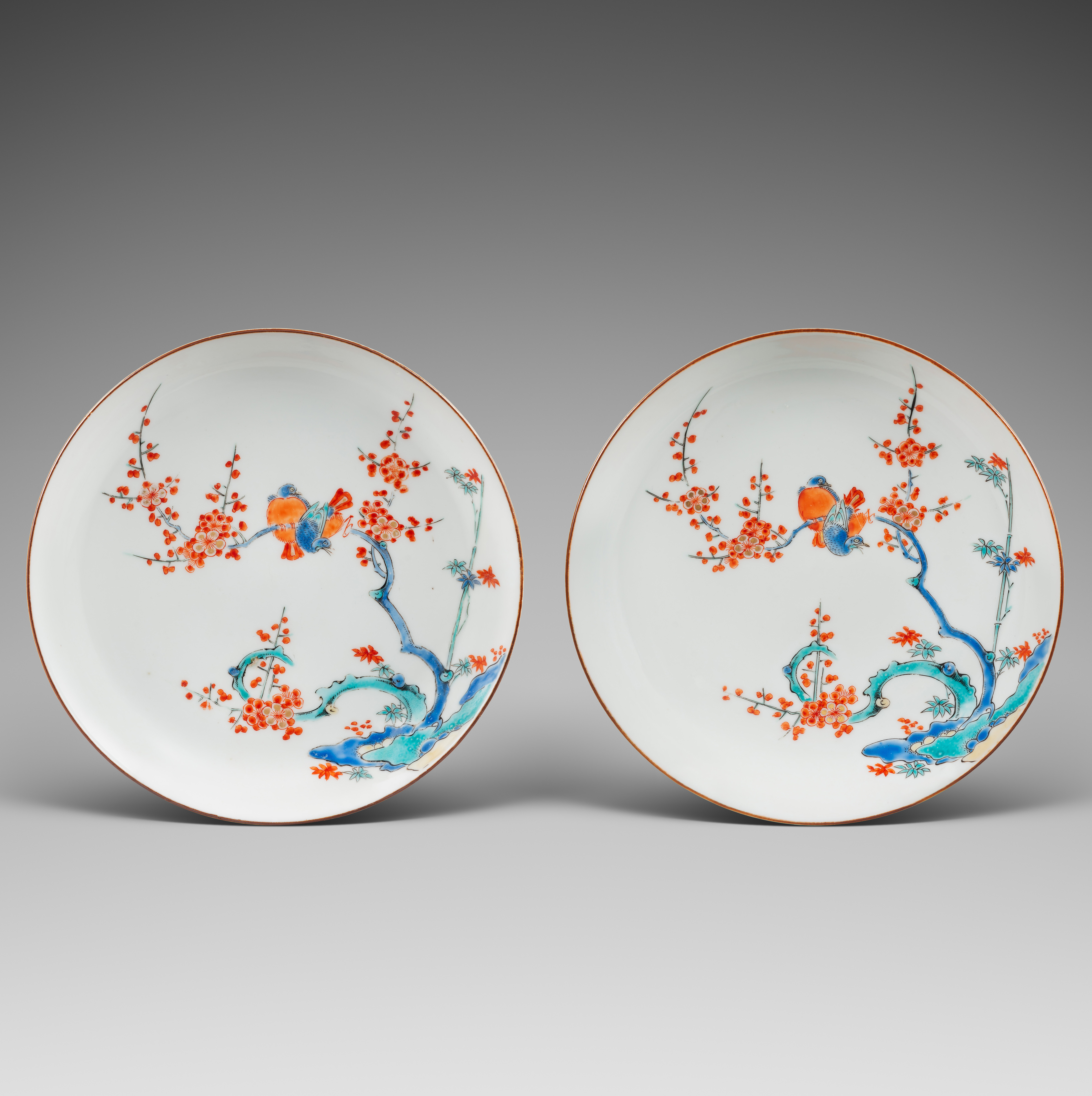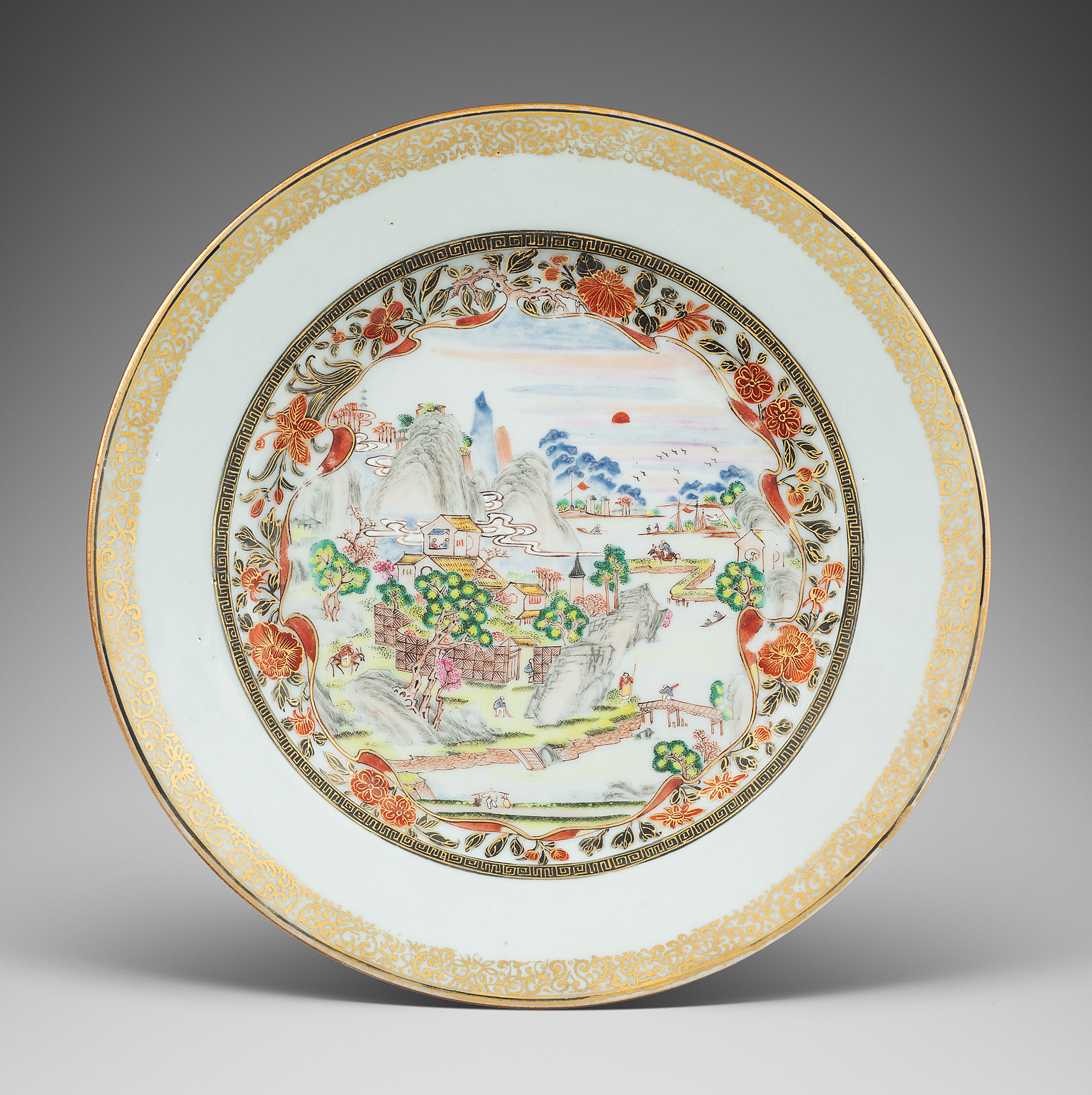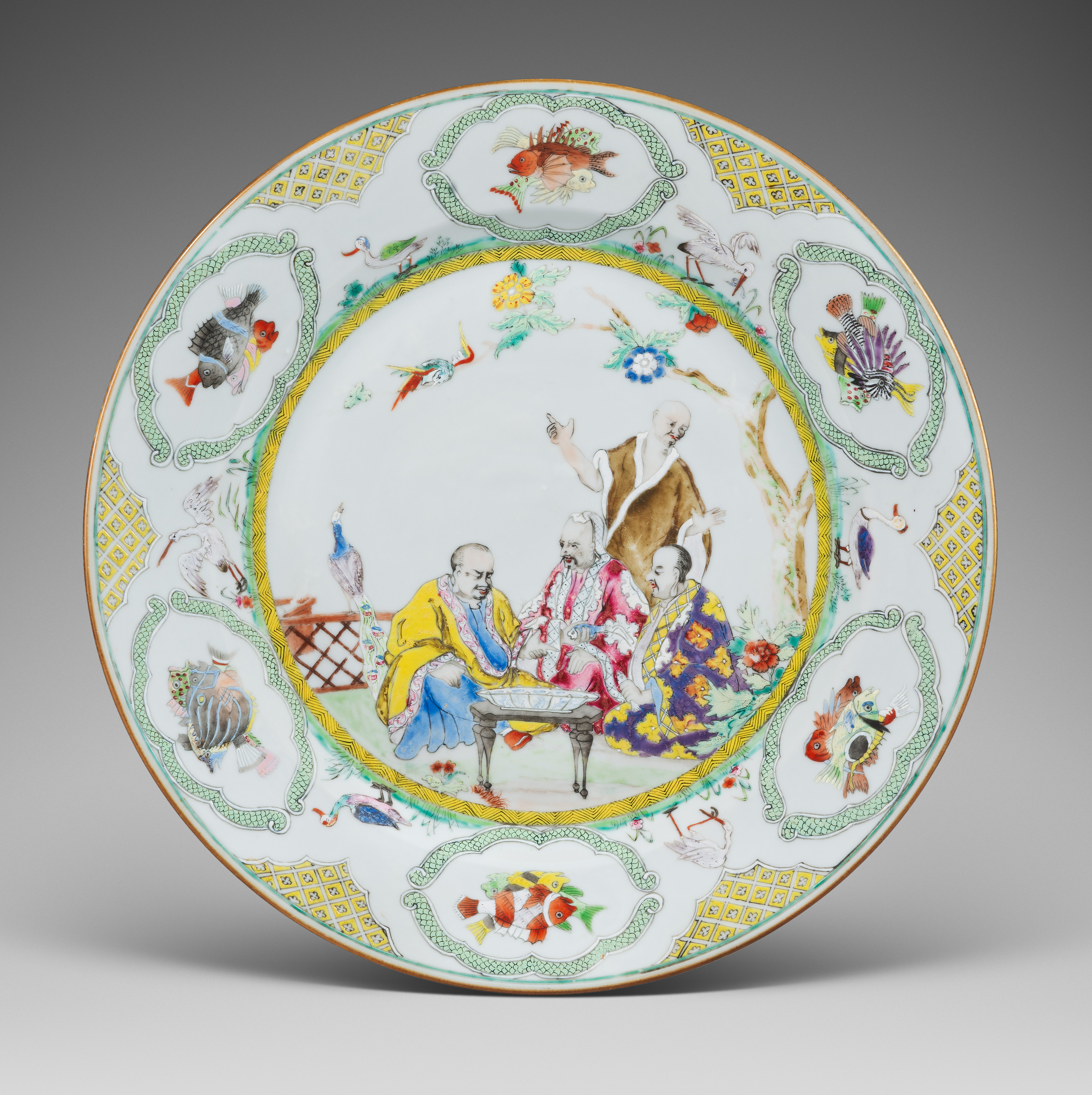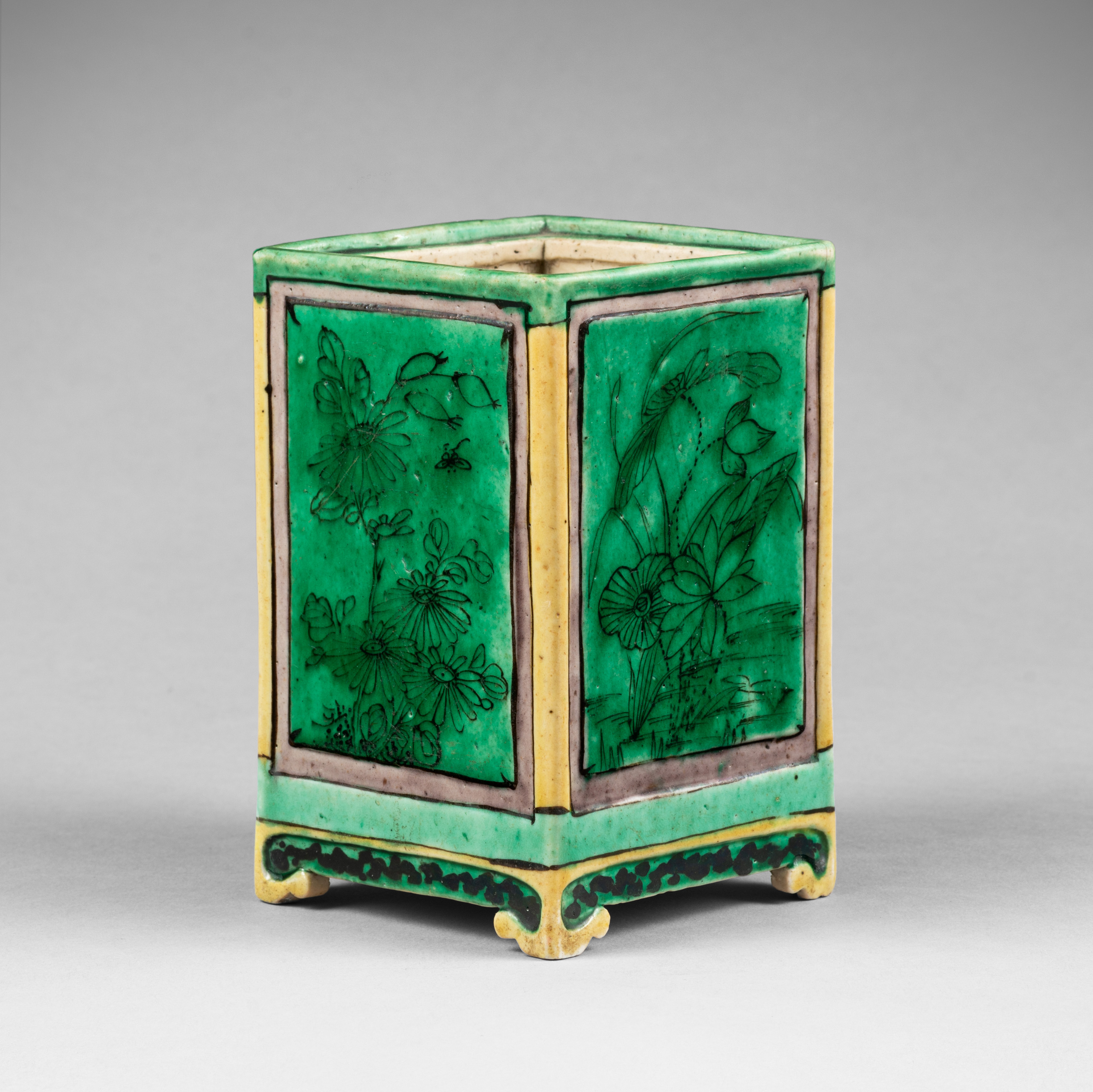
A pair of Japanese Kakiemon-style dishes. Arita
The dishes, decorated in the Kakiemon style, are painted with blue, red, green yellow, black and gold and depicts rocks, bamboo and prunus with two birds on a prunus branch.
- Country:
- Japan, Arita
- Period :
- Edo period (1603-1867), ca. 1670/1700
- Material:
- Porcelain
- Dimension:
- 7.48 in. (19 cm)
- Reference :
- D333
- Status:
- sold
Notice
Competing with excellence
By Ruben Blijdorp, independant researcher
This pair of dishes from the Uchiyama quarter in Arita show all the hallmarks of great quality. The milky white porcelain and beautiful detailed decoration could lead us to believe we are in presence of true Kakiemon work (i.e., pieces made in the Nangawara quarter of 17th century Arita city where the Kakiemon family kilns were also located). Still there are some important details to note.
The form was thrown on the wheel by an expert craftsman, but it was not molded on a wooden form afterwards, resulting in a slightly thicker and heavier piece without any lobes or characteristics to the rim. Similarly, initial glaze firing at a higher temperature resulted in a glossy finished glaze, instead of the silky finish which Nangawara pieces are known for.
What we can see about the quality of the drawing? When the dishes are compared to Nangawara examples in public collections (for instance the “Lobed dish with brushwood fences, birds and the ‘three friends of winter'”, Rijksmuseum object number BK-1968-229-A), the difference in the composition is clear. The Nangawara dish shows a perfectly balanced composition with enough white space between all the elements and the border.
In the Uchiyama example the branch on the right seems almost crushed against the rim of the dish. The Nangawara reference shows wonderful tension in the prunus branch, where the green branch in the Uchiyama dish seems to disappear aimlessly in the distance. Also, some other details like the prunus flowers and colour gradients show the greater level of excellence in the Nangawara dish when compared side by side.
When it is considered independently, however, we are still in presence of Uchiyama dishes of the highest quality. Nangawara production was almost entirely intended for export and purchase by the highest Japanese noble classes. Uchiyama porcelain was therefore slightly more available. This does not mean in any way that it was regarded as second rate. These wares were intended to compete directly with the Nangawara product, and were highly valued at the time.
Both the Nangawara and the Uchiyama dishes are in the collection of Rijksmuseum, Amsterdam, The Netherlands, and described in Kakiemon porcelain: a handbook / Menno Fitski; [transl. and ed. Harriet Impey; photogr. Image Department of the Rijksmuseum]. Leiden University Press; Rijksmuseum, cop. 2011.
Photography : Jérémie Beylard / Agence PHAR

























